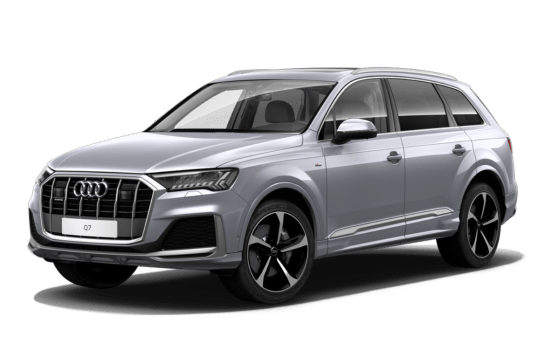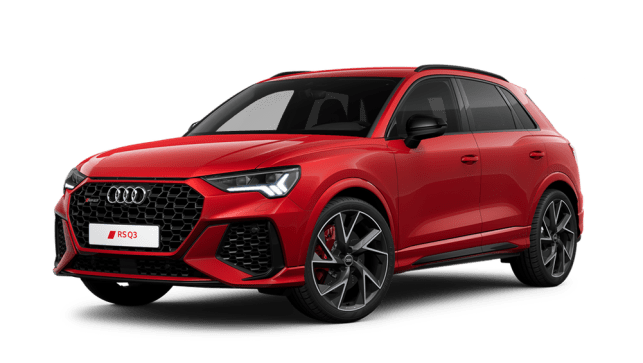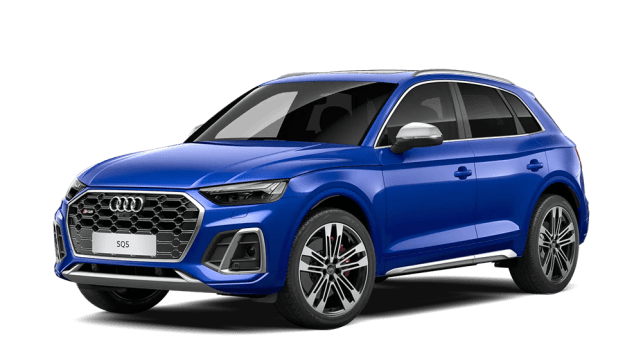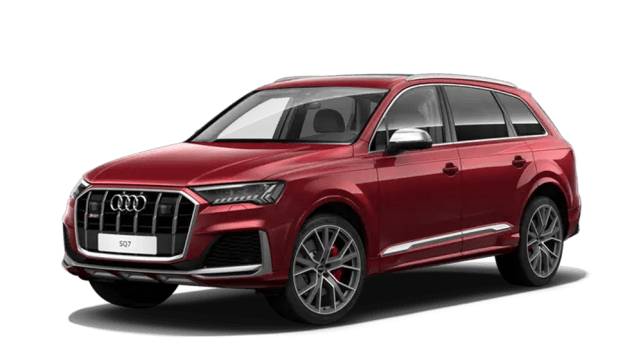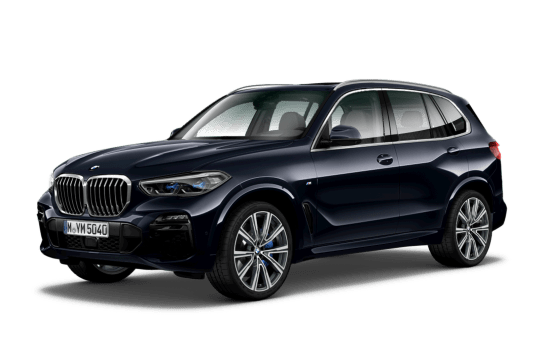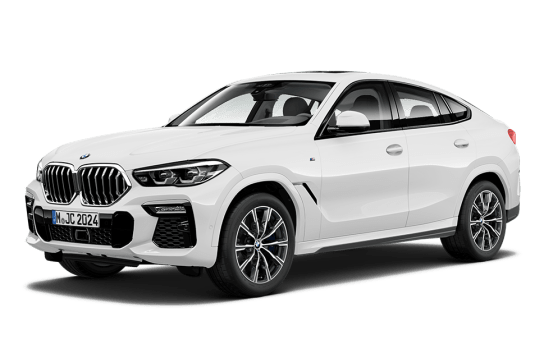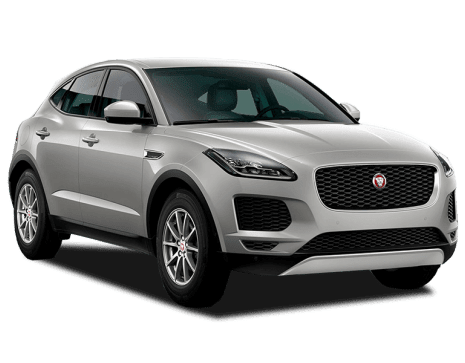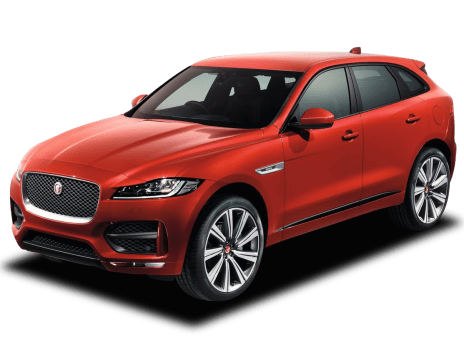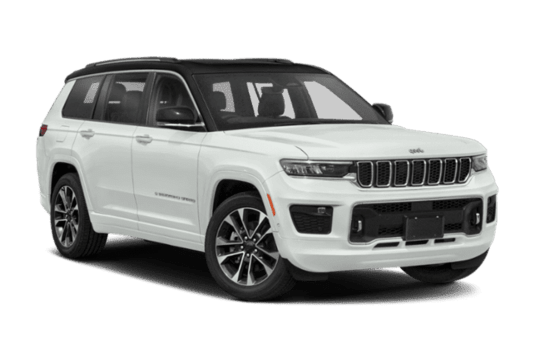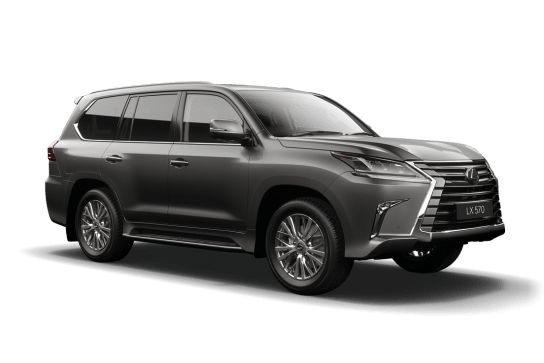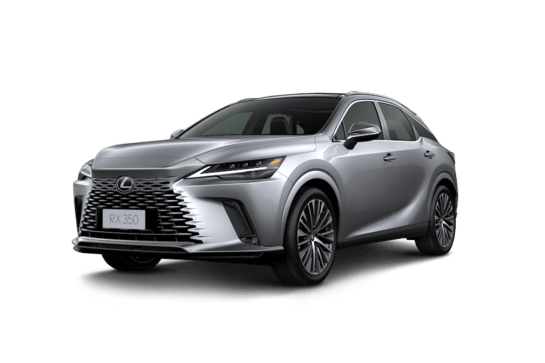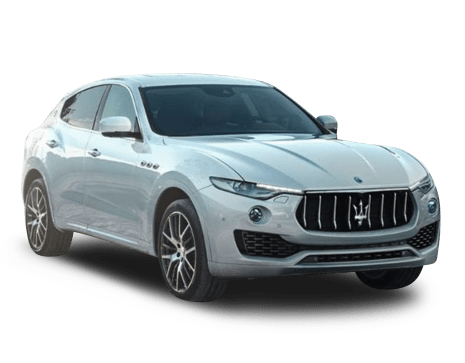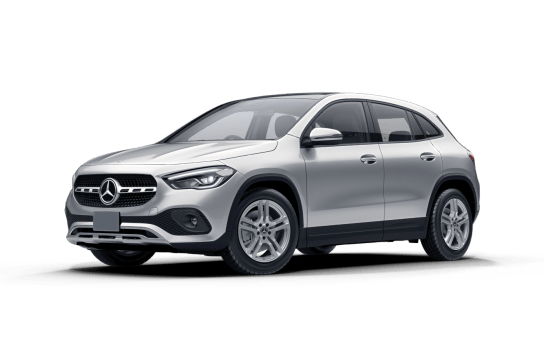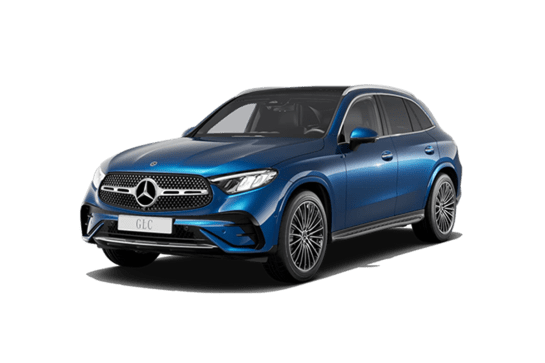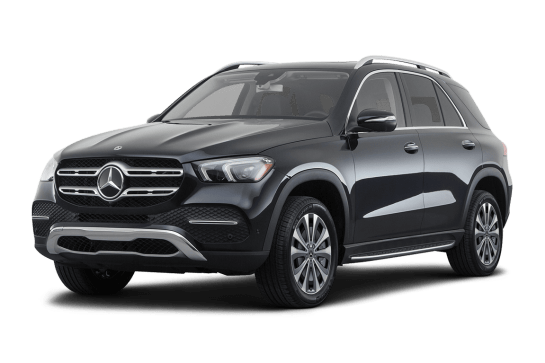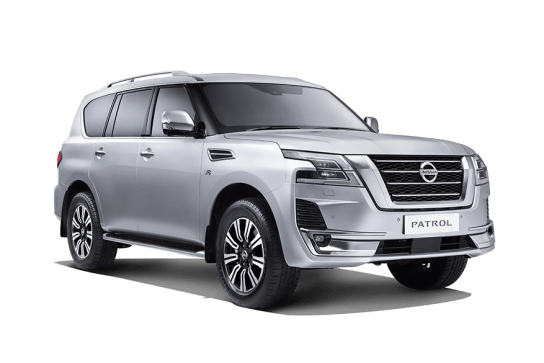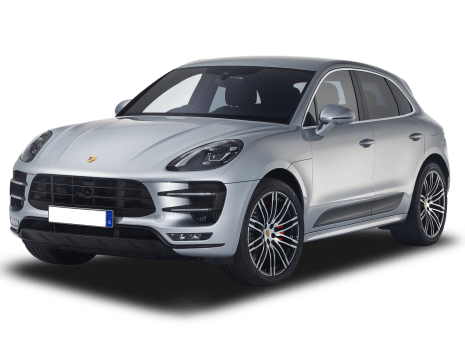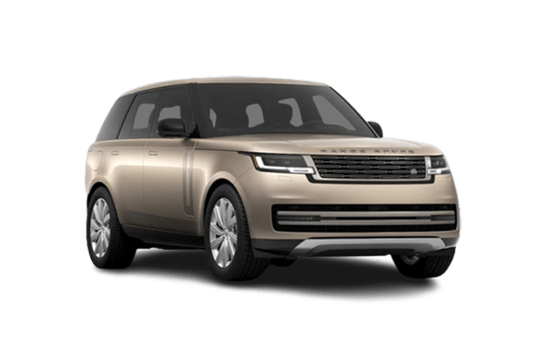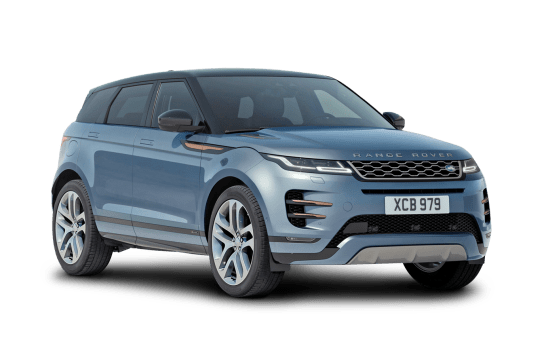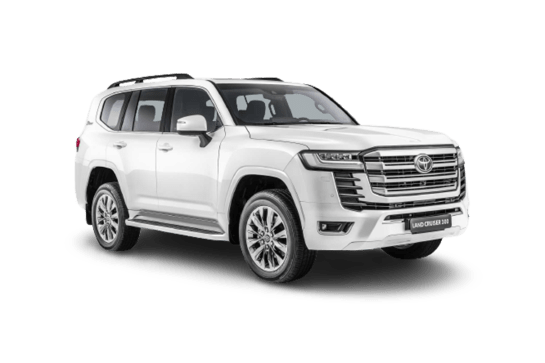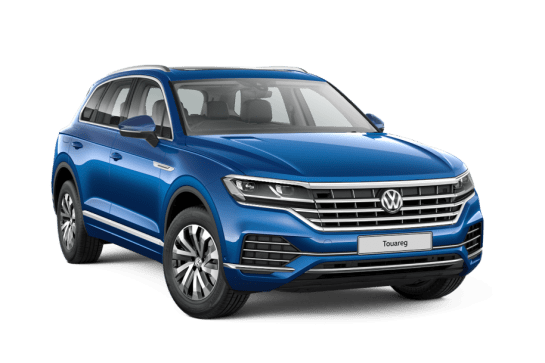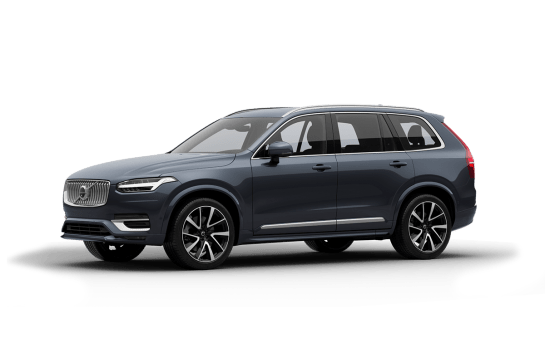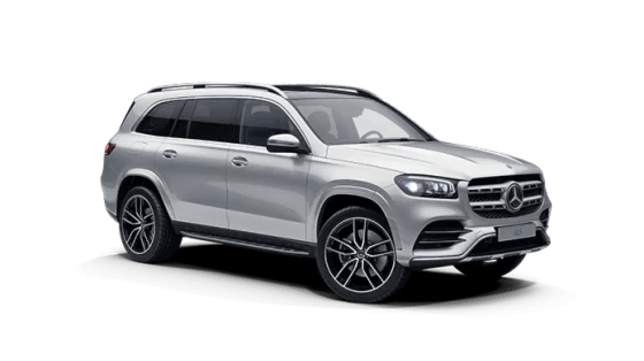
Mercedes-Benz GLS-Class VS Range Rover
Mercedes-Benz GLS-Class
Likes
- Refinement
- Practicality
- Safety
Dislikes
- Modest steering feel
- So-so warranty
- Pricey servicing
Range Rover
Likes
- Good hybrid integration
- Still very Range Rover
- Smaller engine up to task
Dislikes
- Doubts around 51km range
- Loss of boot space
- No spare of any kind
Summary
Mercedes-Benz GLS-Class
If you’re in the market for a full-size, seven-seat, luxury SUV you’re obviously living life large. Big family, lots of friends, dogs and cats, and heaps of activity - horses, boats, camping?
You’re not in the BIG big-buck orbit of the Bentley Bentayga, nor are you ready to plug into the electrified matrix with the Tesla Model X.
You’re aiming at a six-figure bullseye between $130,000 and around $150,000. On a three-year novated lease, somewhere around three grand a month.
Which takes in the chunky Lexus LX and German ‘Big Three’ - the Audi Q7, BMW X7, and this car, the new, third-generation, Mercedes-Benz GLS.
Mercedes-Benz Australia invited us to experience the car on a launch drive across city, suburban and rural roads.
| Safety rating | |
|---|---|
| Engine Type | 3.0L turbo |
| Fuel Type | Hybrid with Premium Unleaded |
| Fuel Efficiency | 9.2L/100km |
| Seating | 7 seats |
Range Rover
As part of the Jaguar Land Rover family, Range Rover will be part of the group's push into an electrified future from 2020 - and it's already had some practice, albeit not very successfully.
The brand new PHEV 400e, though, already looks better than its previous efforts. With up to 51km of pure electric range claimed, is this the Rangie for a new age?
| Safety rating | |
|---|---|
| Engine Type | 4.4L turbo |
| Fuel Type | Diesel |
| Fuel Efficiency | 8.4L/100km |
| Seating | 5 seats |
Verdict
Mercedes-Benz GLS-Class8/10
The new GLS is everything you’d expect of a Mercedes-Benz with an S in its name. Luxury, performance, space, and in this case, thoughtful practicality. A super-capable, super-sized family truckster with the lot.
Range Rover7.3/10
Our testing was far too brief to give a considered opinion of the PHEV's capabilities, particularly when it comes to the claimed 51km range of the car under battery power alone. We'll need to drive it locally, and with a juiced battery, to rate its abilities properly.
In terms of it having the chops to be a proper, luxurious Range Rover, it's possible to say that yes, that box has been ticked. Even with a smaller engine, the Range Rover (as tested) passed muster for ride, quiet running and comfort.
Is a petrol-electric hybrid your kind of Range Rover? Tell us in the comments section below.
Design
Mercedes-Benz GLS-Class7/10
Launched globally in mid-2019, Merc describes the GLS as the S-Class of SUVs, which is apt given its 5.2m length, 2.5-tonne mass, and ultra-premium specification.
As mentioned, the GLS is big; a step up from the already substantial model it replaces. Built with the US market in mind, in fact it’s produced in Tuscaloosa, Alabama, it’s more than five metres long, close to two metres wide, and over 1.8m tall. And there’s more than three metres between the axles, a 60mm wheelbase increase over the previous model.
And despite the size of the canvas, the Benz design team has managed to make the GLS look like a modern Merc. Signature elements include obvious ones like the slatted grille with a couple of three-pointed stars on the nose.
But there’s also, the carefully chiselled twin ‘power dome’ bonnet, scowling LED headlights and vents to aid front brake cooling and smooth aero performance around the front of the car.
The big beast’s off-road intent is highlighted by extensions around the wheelarches, with big optional 22-inch rims sitting underneath. The fact they look right-sized for the car speaks volumes about its scale.
The racy AMG Line package is standard, and a recess and pronounced character line, tightening the lower waistline is a familiar Merc treatment, plus alloy roof rails toughen the look while dialling up practicality.
The rear is relatively simple, borderline generic, with tapered tail-lights offering the only strong whiff of design personality. But believe it or not, thanks to careful detail sculpting of the body, and smoothing underneath the car it boasts a drag figure of Cd 0.32. Outstanding aero performance for a large SUV.
The driver and front passenger are presented with a sweeping dashboard dominated by twin 12.3-inch digital screens, one primarily covering the instruments, and the central screen managing the MBUX media system, including audio, nav, phone integration, car set-up, and more, plus ‘Hey Mercedes’ voice control.
The overall feel is simple, and restrained, yet massively confident, with a subtle colour palette, large squared-off elements defined by brushed metal finishes, and an obvious, intense attention to detail, from the haptic controls to the beautifully finished, multi-function steering wheel.
And the standard Burmester audio system includes a two-way in-car communication function that subtly amplifies the driver and front passenger’s voices for those in the third row, and vice versa. Sheer genius.
Range Rover
The Range Rover Sport is the smaller sibling of the Rangie, but both share the same DNA if not the same body panels.
Both shapes remain pretty faithful to the original Range Rover that first surfaced in the 1980s, with its distinctive floating roof, angular rear aspect and bluff nose, though features like the vertical door handles – and indeed the two-door design – of the original are long gone. Both present bluff, vaguely masculine visages, with large glasshouses accentuating their relative sizes.
Inside, both cars are spacious and airy, thanks to that big glasshouse, while the luxury quotient of both is high, thanks to highly refined surface areas and touch points.
About the only let down is the new dual multimedia screen's propensity to show both finger marks and glare, though adjusting the angle of the lower screen does reduce the latter.
Practicality
Mercedes-Benz GLS-Class9/10
Space is obviously a critical factor here, and no surprise there’s copious amounts of it inside the GLS.
Front seat passengers enjoy plenty of breathing room, without feeling remote from one another, and there’s lots of storage in the shape of a large lidded box/armrest between the seats, a decent glove box, two big cupholders and jumbo door pockets with room for large bottles.
There’s one data-enabled USB port in the front, two charge-ports in the second row, and four in the third row. Shouldn’t be any complaints about powering mobiles, tablets or games.
The second row feels every millimetre the SUV limo. Simply getting in and out is made easier because an auto lowering function drops the car 25mm when one of the doors is opened.
I was able to sit behind the driver’s seat set for my 183cm position with heaps of head and legroom on offer. And there’s an extra 10cm of electrically adjustable travel to play with if those in the third row agree.
The fold-down centre armrest features a lidded storage tray and twin pop-out cupholders. There are netted pockets on the front seatbacks, and again, the door bins are big enough for large drink bottles.
Three adults across the rear is a breeze, there’s climate control ventilation, and a huge glass sunroof is standard. Rather than asking ‘Are we there yet?’ the kids will be disappointed when you arrive!
Then there’s what the Cleary family refers to as ‘the way back seat.’ A pair of third row seats for the lucky kids that get to inhabit their own little world. Getting in and out is relatively civilised thanks to electric slide and tilt for the second row seats, and space is generous. I could sit comfortably, so the kids will be all smiles.
With all seats upright cargo capacity is enough for a seven-person day trip (355L VDA). Press the button to fold the 50/50 split-fold third row down and your options expand substantially (890L). And with 40/20/40 split-folding second row lowered, transportation of a full, three-ring circus is on the cards (2400L). Overall, more space than the arch enemy BMW X7.
Plus, the ability to lower the car 50mm thanks to the standard air suspension makes life even easier. And one button lowers the second and third rows at the same time.
The spare is a collapsible space-saver, and towing capacity for a braked trailer is 3500kg, with a tow ball weight of up to 140kg. The ESP system also features a trailer stabilisation function that counters oscillation with “braking intervention.”
Range Rover
Both PHEVs are five-seat propositions only, with additional features set aside for rear seaters including climate controls and vents, loads of connectivity points, touch LED courtesy lights and a comprehensive middle armrest that offers storage and two cupholders.
ISOFIX points are mounted to the outside seats, bottles can be slotted in the doors, and both heating and massage functions can be optioned, along with headrest mounted control tablets.
Front seaters are equally cossetted, with heating, venting and massage seats available via the options list, along with a new, deeper centre console bin, a pair of cupholders and small bottle holders in each of the doors.
One of the big omissions on the hybrid car is any form of spare wheel, thanks to the battery array under the boot floor. A sealant kit and compressor is included, but if the hole is big enough, it won't help.
How do we know? A double flat down the right side of a test car rendered it a lame duck, thanks to large tears in the sidewall of one tyre.
The rear storage area loses 98 litres of space to the regular cars, too, with 802 litres available behind the rear seats, thanks to the load space floor height increasing by 46mm.
Price and features
Mercedes-Benz GLS-Class8/10
The GLS launches in Australia with two models, the turbo-petrol GLS 450 4Matic at $146,500, before on-road costs, and the turbo-diesel GLS 400 d 4Matic at $153,300.
Specification is identical across the two variants, and when you’re competing against the likes of the Lexus LX570, Audi Q7 and BMW X7, as you might expect the list of standard features is lengthy.
Aside from the comprehensive suite of safety tech, covered in the Safety section below, the GLS equipment list includes, 21-inch alloy rims, adaptive high beam assist, air suspension, alloy roof rails, AMG body kit, a huge panoramic sliding glass sunroof, privacy glass from the B-pillar back, auto tailgate, keyless entry and start, rain-sensing wipers, cruise control, LED headlights, and power closing doors.
The power closing doors are a big plus for parents not wanting to disturb kids nodding off in the car, with the soft-touch function drawing the door in for the last few millimetres to an almost silent close.
Inside there’s ambient lighting (64 colours), strategically placed open pore oak wood trim, 13-speaker/590-watt Burmester surround sound audio, electric folding second and third row seats, a head-up display, ‘Mercedes-Benz’ branded illuminated sills, leather seat upholstery (‘Artico’ faux leather on the dash and doors), multi-adjustable electric seats in the front and second row (memory in the front), electrically adjustable steering column, leather-trimmed multi-function steering wheel, and five-zone climate control.
The multi-media system is spectacular, incorporating the twin 12.3-inch digital screens, the central media unit managing nav, digital radio, mobile device connectivity, Apple CarPlay and Android Auto, plus vehicle tracking. There are also remote vehicle status functions (door locking, valet parking, etc), global search (Amazon Alexa, Google Home, Yelp, and Trip Advisor), and a wireless device charging pad.
The basket of goodies can hold its head high in this part of the market, so the value equation stacks up well.
Range Rover
To start off, Range Rover Australia will only offer the PHEV drivetrain in two variants; the Range Rover Vogue PHEV 400e will cost around $210,000, while the smaller Range Rover Sport HSE PHEV 400e will start at around $146,000.
Both models will share the same drivetrain, which uses a turbocharged 2.0-litre petrol engine and an 85kW electric motor to output 297kW/640Nm in total. Both cars are all-wheel drive, and have eight-speed autos as the only transmission option.
The Range Rover is the second most expensive variant in the four-engine line-up, only $1000 cheaper than the top-spec V8. The Sport, meanwhile, is about $3800 under the top spec HSE, and $12,000 dearer than the base six-cylinder powered version.
The pair makes up part of Range Rover's MY18 updated line-up, and both will score a new front bumper and grille, as well as new matrix LED headlights that can dim individual diodes to prevent blinding oncoming traffic. The rear bar has been lightly tweaked, too.
Inside, the pair come with the same dual multimedia screen system that launched with the Range Rover Velar, along with other small tweaks to interior finishes.\
As you'd expect, the Rangies are pretty well equipped, given their price point, with automated lights and wipers, leather interior, up to 17 (!) USB and 12v ports, heated and vented seats, sat nav, DAB+ digital radio, a Wi-Fi hot spot, a heated steering wheel, digital TV and Bluetooth streaming.
They both come with AEB as standard, but other driver aids like blind spot monitoring and adaptive cruise control are buried within the extensive options lists.
Under the bonnet
Mercedes-Benz GLS-Class8/10
There are two engines on offer. The 3.0-litre (M256) in-line six-cylinder turbo-petrol GLS 450 4Matic, and the 2.9-litre (OM656) in-line six-cylinder turbo-diesel GLS 400 d 4Matic.
The all-alloy, twin-scroll single-turbo petrol engine delivers peak power of 270kW from 5500-6100rpm, and maximum torque of 500Nm across a broad plateau from 1600-4500rpm. It also features a 48-volt electrical system driving the ‘EQ Boost’ set-up, able to deliver an extra 16kW/250Nm for short periods. The integrated starter-generator also enables energy recuperation.
Although the all-alloy, twin-turbo diesel features variable valve lift it gives some ground on power, offering up 243kW between 3600-4000rpm, but torque is a solid whack, with 700Nm on tap from 1200-3000rpm. Worth noting, that to minimise emissions this engine features a “selective catalytic reduction converter” in the exhaust, which brings with it the use of an ‘AdBlue’ reducing agent. The separate AdBlue tank has a capacity of 31.6 litres.
The nine-speed auto transmission is the same in both versions, although the diesel has a slightly lower final drive ratio.
Range Rover
Parent company Jaguar has supplied its top spec Ingenium 221kW 2.0-litre four-cylinder turbocharged engine, eight-speed auto and proper 4x4 drivetrain for the PHEV, matching it with an 85kW electric motor, 13.1kW/h battery array, transformer and inverter, as well as a charging plug under the front grille.
Combined outputs equal 297kW/640Nm.
Efficiency
Mercedes-Benz GLS-Class8/10
Claimed fuel economy for the combined (ADR 81/02 - urban, extra-urban) cycle for the GLS 450 is 9.2L/100km, the more frugal GLS 400 d trimming that to 7.7L/100km. The petrol 450 emits 210g/km of CO2 in the process, the diesel 400d dropping that slightly to 202g/km.
Stop-start is standard, you’re looking at premium unleaded for the 450 GLS, and you’ll need 90 litres of dinosaur juice to full the tank on both models.
Range Rover
Range Rover claims an impressive combined fuel economy total of 2.8 litres per 100km... with the caveat that the battery array must be charged to full capacity.
A 13.1kWh battery that promises an EV range of 51km from a full charge complements its 105-litre petrol tank. Given, however, that our road test loop was less than 20km and the battery wasn't fully charged, we'll wait until we drive the PHEV on home soil to confirm the figures.
Driving
Mercedes-Benz GLS-Class7/10
Merc claims the GLS 450 will sprint from 0-100km/h in 6.2sec, and the 400 d in 6.3sec. Not hanging around for a 2.5 tonne mothership. But the standout is the 400 d’s torque. All 700Nm of it available from just 1200rpm to 3000rpm; right in the mid-range sweet spot.
The nine-speed auto transmission is smooth yet responsive, with paddles on the wheel for manual shifts when you want to pick the ratio. The combination of effortless grunt and the nine-speeder keeping things on the boil is an impressive one.
Suspension is by double wishbones at the front and multi-links at the rear, and while you can feel the weight in cornering, the standard Airmatic air suspension (which does away with steel springs) is superb in terms of ride comfort and body control.
We took a deep breath and pushed enthusiastically through a series of sweeping corners and the fat (285/45 fr - 325/40 rr) Continental ‘PremiumContact 6’ rubber wrapped around our car’s (optional) 22-inch rims gripped hard.
The ‘4Matic’ all-wheel drive system also seamlessly shuffles torque between the front and rear axles (theoretically up to 100 per cent in each direction).
Merc has put extra focus on body rigidity, the tuning of engine and suspension mounts, and sound absorption, and it shows. The GLS 400 d is beautifully refined on the highway. A neat touch is the car automatically lowering 15mm at motorway speeds or when ‘Sport’ mode is selected.
Steering is electromechanically assisted, and Merc says the front suspension geometry has been revised to minimise vibration through the wheel. And yes, feedback is minimal, but unfortunately so is road feel with only a general connection between your hands on the wheel and the front tyres on the bitumen.
When you’re steering a large beast like this, often with something substantial hitched to the back, you want to know braking performance is up to the task, and the GLS’s big ventilated discs all around deliver reassuringly strong stopping power, with nice, progressive pedal feel to boot.
The seats are adjustable six ways to Sunday, but beyond that they’re comfortable and supportive, even over long stints behind the wheel.
We stayed on the bitumen, because, let’s face it, that’s where this car will spend 99.9 per cent of its time, with the exceptions of the boat ramp, a ski weekend or pony club.
For those special occasions the optional ‘Off-road engineering package’ adds a low-range transfer case, inter-axle locking, hill descent control, and under body armour for more serious work.
Range Rover
Our time aboard the PHEV involved a little on-road work and a proportion of muddy, slick, off-roading that went a long way towards showing off the Rangie's dual personality.
With its array of digital off-road modes that includes snow, grass, gravel, rut and sand, the Rangie tackled some truly testing unsealed scenarios, including a river ford at 600mm (the Sport has an 850mm wading depth, the Rangie itself a 900mm rating), along with some of the slickest mud sections this tester had ever encountered.
And it handled them with aplomb, too. Whether you plan to take your $200k SUV off-road or not is irrelevant – the point is that it's built to do it, all day every day if need be.
On road, the 221kW 2.0-litre turbocharged engine is strong enough to haul the 2500-odd kilogram Rangie up to the national limit without too much fuss, thanks to the 85kW electric motor chiming in as required to boost the bottom line.
Unfortunately, we're not able to verify Range Rover's claims of 51km of electric range, because our tester was presented to us with less than 25km range – and that was quickly burned away on a two km EV-only off-road section.
We managed to restore five per cent of charge through regenerative braking and, erm, excessive revs over our short test run back to base, but we'll have to wait until it's on home soil to get a definitive read on the range of the PHEV.
Other road manners are typically Range Rover-like, with an imperious ride over road bumps, almost eerie silence from road and wind noise and excellent road manners in all modes – including the new-to-Range Rover 'Dynamic' mode.
Safety
Mercedes-Benz GLS-Class10/10
At the time of this launch drive the GLS hadn’t been safety assessed by ANCAP, but you could make a small wager, like every penny you have to your name, that it will score a maximum five stars.
The expected active features are there, including ABS, ASR, and ESP, with additional tech including ‘Active Blind-Spot Assist’, ‘Active Brake Assist' (Merc-speak for AEB), active lane keeping and lane change assist, ‘Adaptive Brake’, ‘Attention Assist’, ‘Evasive Steering Assist’, ‘Parktronic’ (active parking assist with 360-degre camera), rear cross-traffic alert, traffic sign assist, and a tyre pressure warning system.
Then, if all that isn’t enough to avoid an impact the GLS is equipped with nine airbags (front and pelvis side for driver and front passenger, side for outer rear seat occupants, full-length curtain, and a driver’s knee bag), an active bonnet to minimise pedestrian injuries, and the ‘Pre-Safe Plus’ (flashes rear hazards to warn drivers closing too quickly from behind, tightening the belts at the same time, and locking the brakes if the GLS is stationary with a rear impact imminent).
Range Rover
While AEB and lane departure warning are standard along with a rear view camera and front and rear sensors, other driver aids like adaptive cruise control and lane keep assist must be purchased as optional extras.
Both the Range Rover and the standard Range Rover Sport hold maximum five-star ANCAP ratings.
Ownership
Mercedes-Benz GLS-Class7/10
The Mercedes-Benz range is covered by a three year/unlimited km warranty, which, like Audi and BMW continues to lag behind the mainstream market where the majority of players are now at five years/unlimited km, with some at seven years.
On the upside, Mercedes-Benz ‘Road Care’ roadside assistance is included in the deal for three years.
Service is scheduled for 12 months/25,000km (whichever comes first) with pricing available on an 'Up-front' or 'Pay-as-you-go' basis.
As a guide, service pricing for the outgoing GLS is set at $2600 per service (up-front) and $3250 (PAYG), a saving of $650 a pop. Fourth and fifth services are also available for pre-purchase ($3550 and $4900).
Range Rover
Range Rover recommends servicing every 12 months or 26,000km, or more regularly if you use it in the bush on a regular basis. It offers a three-year, 100,000km warranty as standard, with free roadside assistance for the duration of the warranty.
No fixed price service plan is currently offered.
